Market Growth Projections
The Global Smart Window Market Industry is projected to experience substantial growth over the coming years. With a market value anticipated to reach 5.87 USD Billion in 2024 and an impressive increase to 20.1 USD Billion by 2035, the industry is on a trajectory of rapid expansion. The compound annual growth rate (CAGR) of 11.82% from 2025 to 2035 underscores the increasing adoption of smart window technologies across various sectors. This growth is driven by factors such as technological advancements, rising energy costs, and a heightened focus on sustainability, indicating a promising future for the smart window market.
Growing Demand for Energy Efficiency
The Global Smart Window Market Industry is experiencing a notable surge in demand for energy-efficient solutions. As energy costs continue to rise, consumers and businesses alike are seeking innovative technologies that can reduce energy consumption. Smart windows, which adjust their tint based on sunlight exposure, can significantly lower heating and cooling costs. This trend is reflected in the projected market value, which is expected to reach 5.87 USD Billion in 2024 and grow to 20.1 USD Billion by 2035, indicating a robust CAGR of 11.82% from 2025 to 2035. Such advancements align with global sustainability goals, further driving market growth.
Government Initiatives and Regulations
Government initiatives aimed at promoting energy efficiency and sustainability are playing a crucial role in the Global Smart Window Market Industry. Many countries are implementing regulations that encourage the adoption of energy-efficient technologies in buildings. For example, tax incentives and rebates for energy-efficient renovations are becoming more common, thereby stimulating demand for smart windows. These policies not only support environmental goals but also enhance the economic viability of smart window installations. As governments continue to prioritize sustainability, the market is expected to benefit from increased funding and support, further driving its growth.
Rising Awareness of Environmental Impact
There is a growing awareness of the environmental impact of traditional building materials, which is influencing the Global Smart Window Market Industry. Consumers and businesses are increasingly recognizing the importance of sustainable practices and are seeking products that contribute to reduced carbon footprints. Smart windows, with their ability to optimize energy use and minimize waste, align well with these values. This shift in consumer behavior is likely to drive demand, as more individuals and organizations prioritize eco-friendly solutions. Consequently, the market is poised for growth as it caters to this emerging consciousness regarding environmental responsibility.
Technological Advancements in Smart Glass
Technological innovations are propelling the Global Smart Window Market Industry forward. Developments in electrochromic, photochromic, and thermochromic technologies have enhanced the functionality and appeal of smart windows. These advancements allow for better control of light and heat, improving indoor comfort while reducing reliance on artificial lighting. For instance, the integration of smart glass in commercial buildings has been shown to reduce energy costs by up to 30%. As these technologies become more accessible and affordable, the market is likely to expand, attracting new investments and applications across various sectors.
Expansion in Commercial and Residential Sectors
The expansion of the commercial and residential sectors is significantly impacting the Global Smart Window Market Industry. As urbanization continues to rise, there is an increasing demand for modern building solutions that enhance energy efficiency and aesthetic appeal. Smart windows are being integrated into new constructions and renovations alike, providing both functional and visual benefits. This trend is particularly evident in urban areas, where space is at a premium, and energy efficiency is paramount. The market's growth is further supported by the increasing number of green building certifications, which often require the use of advanced technologies like smart windows.
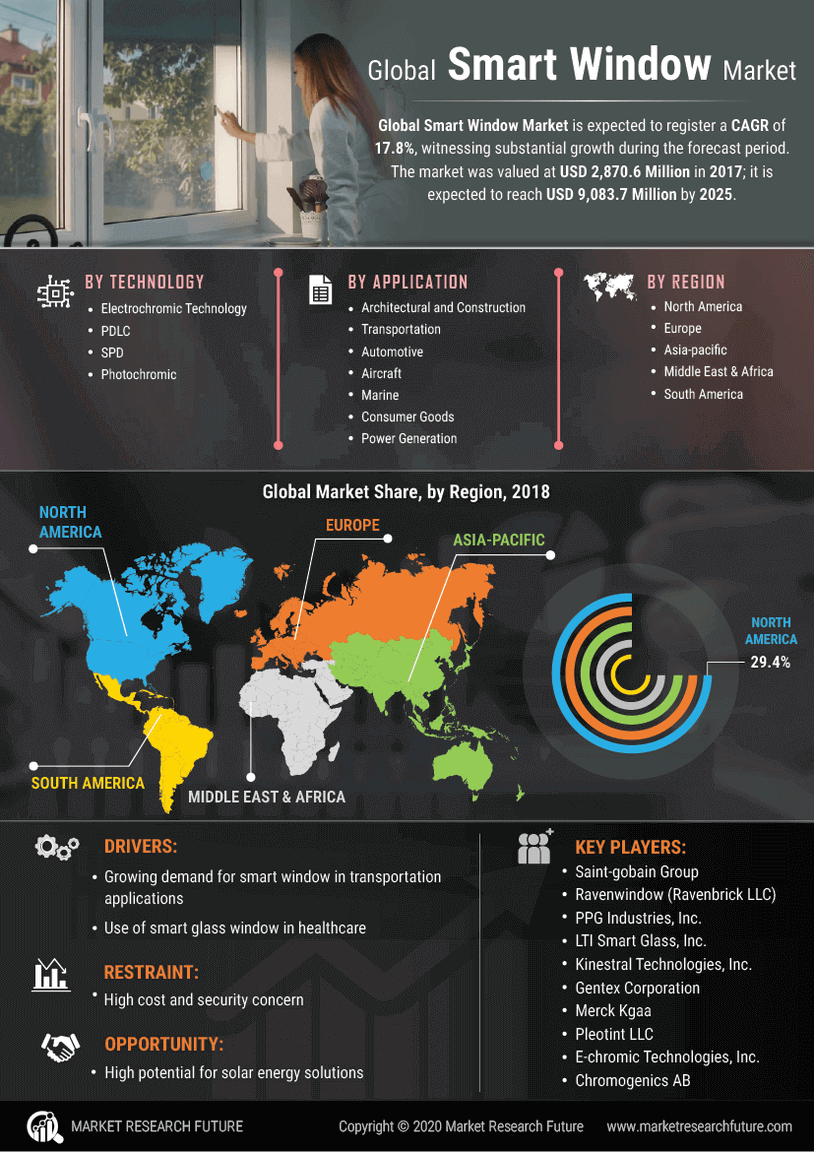
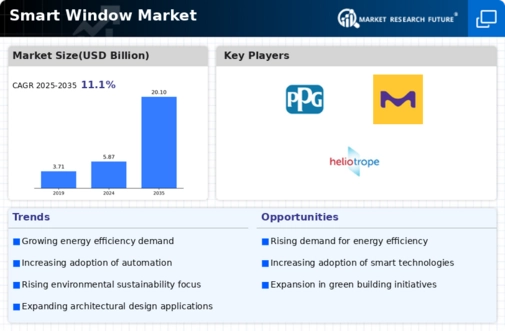
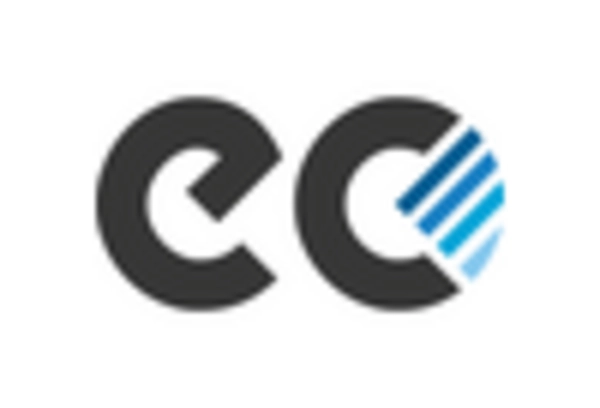
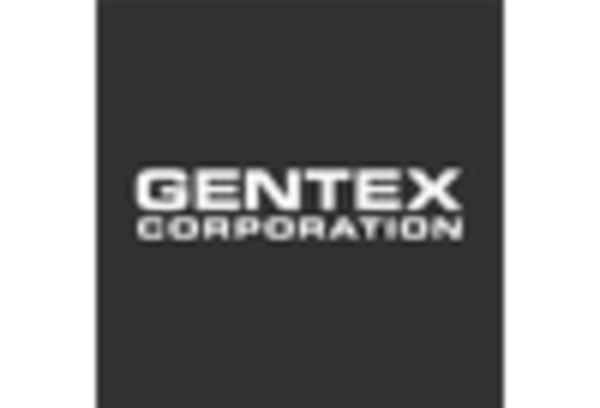
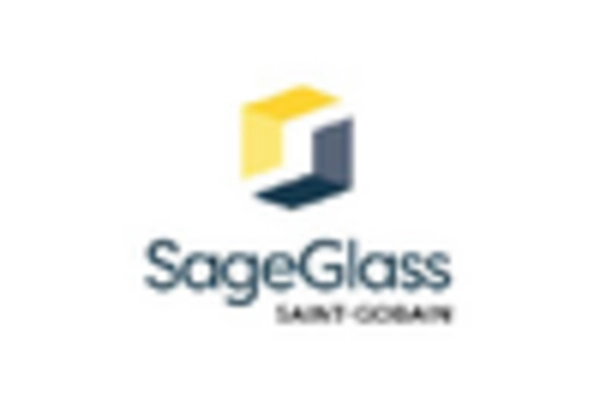
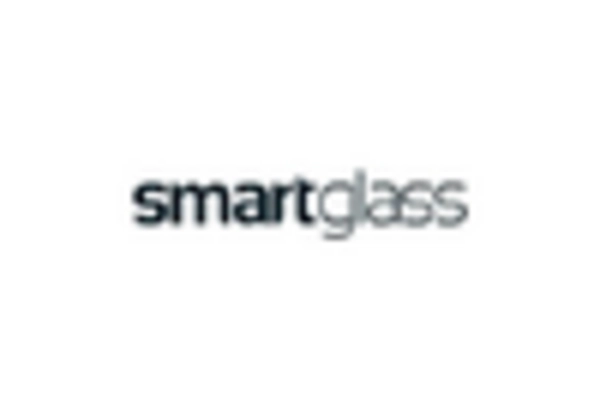










Leave a Comment